- Home
- slideshows
- miscellaneous
- Airlines have been flying over the Pacific Ocean since the 1930s - here's how the practice evolved over the years
Airlines have been flying over the Pacific Ocean since the 1930s - here's how the practice evolved over the years
The first advances in transpacific flying came from Pan American World Airways, one of the earliest leaders in aviation.

Pan Am scouting the first transpacific route, flying from San Francisco to Honolulu in 1935.
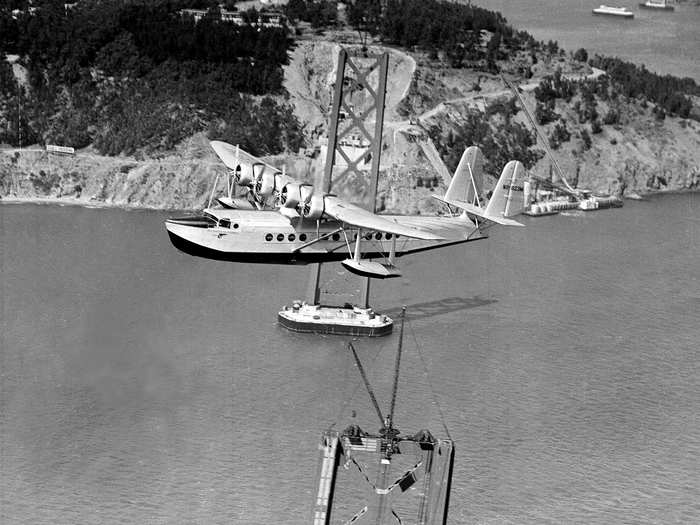
Source: Pan Am Historical Society
The flight was operated on a four-engine flying boat that could land on water if need be, a luxury that most modern airliners do not have.
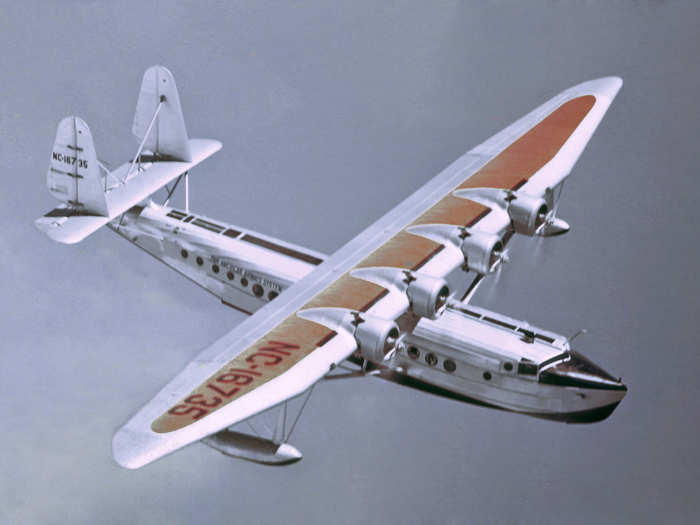
Source: Pan Am Historical Society
Island hopping was a common practice in the early days of transpacific flying, with the propeller aircraft of the time not having the range of today's airliners.
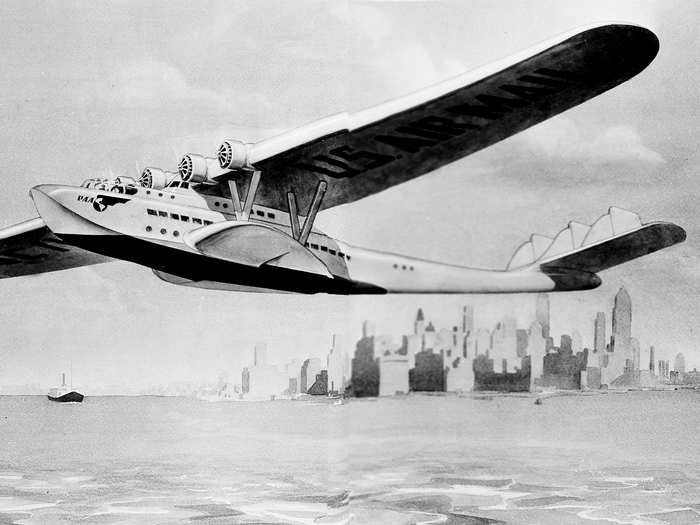
A flight between California and China, for example, would need to stop in Hawaii, Midway Island, Wake Island, Guam and Manila along the way, a week's journey.
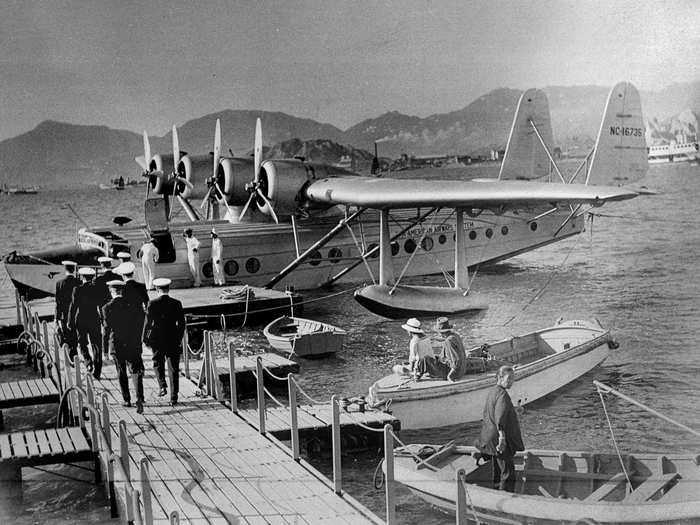
Source: Smithsonian Air and Space Museum
As aircraft technology advanced following the war, routes grew longer and a flight from Sydney to San Francisco, for example, could be flown with only two stops in Fiji and Hawaii on aircraft such as the Lockheed Constellation...
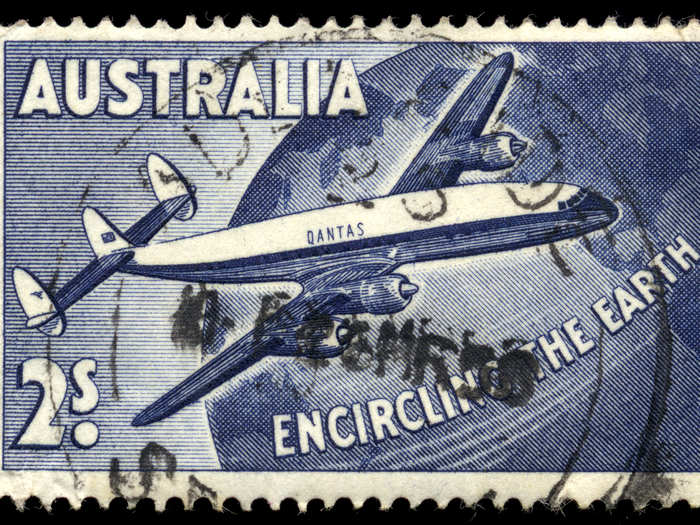
And later, the Boeing 707.
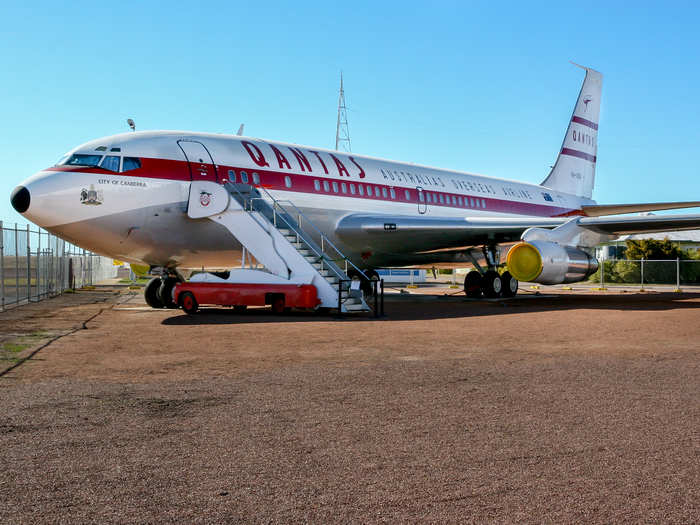
Quad-engine narrow-body aircraft such as the Douglas DC-8 could also make the journey between the US and Asia with a single stop, greatly bringing travel times down.
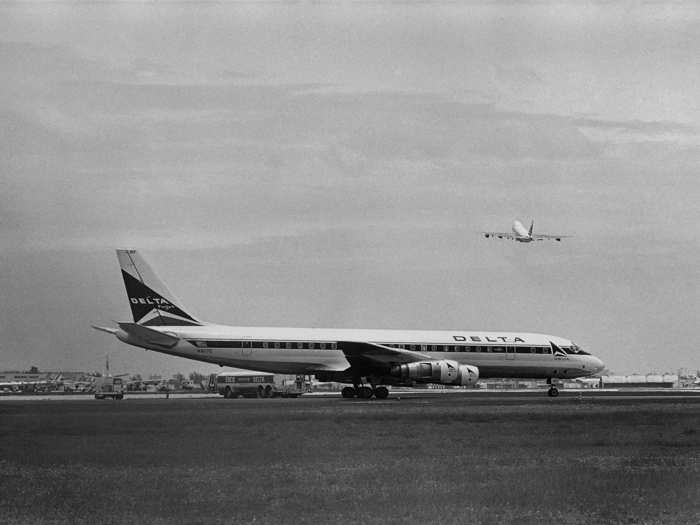
The strides made by the jet age of the mid-1900s soon allowed for nonstop flights over the Pacific Ocean between continents, with the four-engine Boeing 747 being able to fly from cities throughout the mainland US to Asia, Australia, and Oceania with ease.

The 747 later became a staple on transpacific flights thanks to its capacity and range.
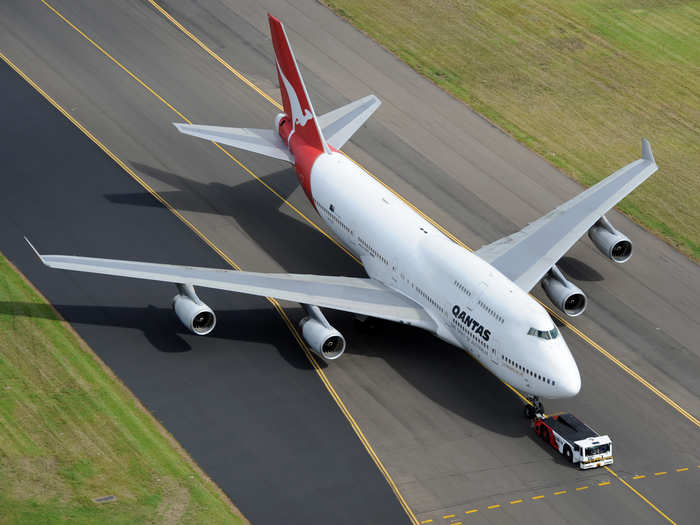
Three and four-engine aircraft dominated the skies over the Pacific as the prevailing theory for flying over the ocean was that there was safety in the number of engines a plane had.
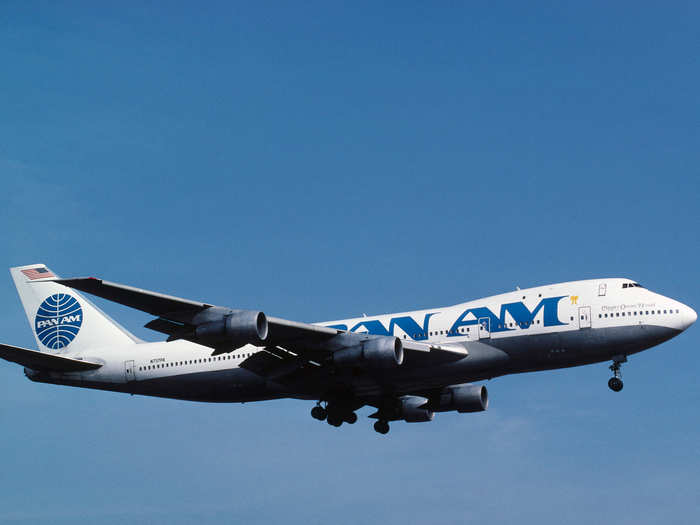
The revolution in transpacific flying then came in the mid-1980s when the Federal Aviation Administration granted twin-engine aircraft the ability to fly overwater routes through a program called Extended Twin-engine Overwater Performance Standards or ETOPS.
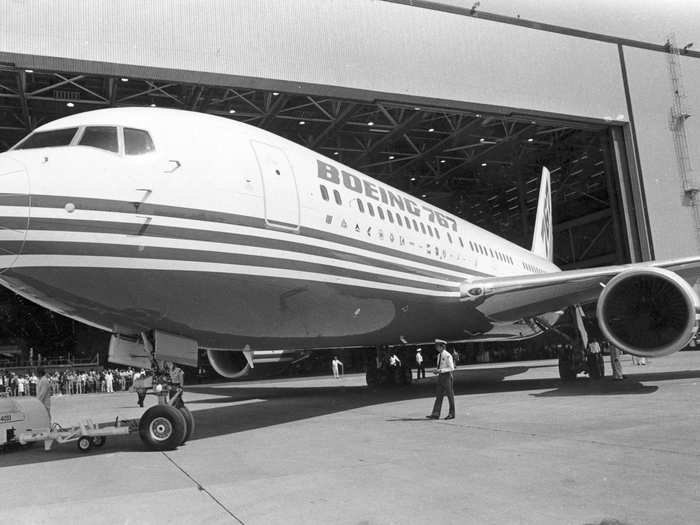
Source: Boeing
Under ETOPS, twin-engine aircraft were given ratings in minutes that determined how far they can stray from a diversion airport in the event of an engine failure where an emergency landing would be required.
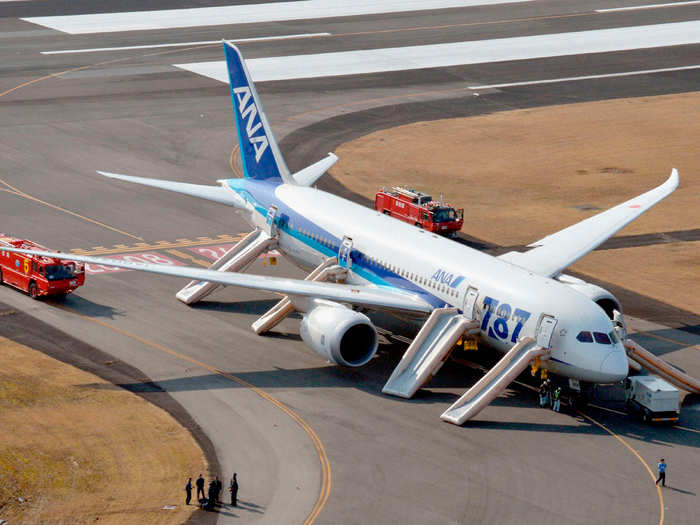
Source: Boeing
The first twin-engine aircraft to perform an ETOPS flight was a Trans World Airlines Boeing 767 that flew transatlantic between New York and Paris, kicking off a twin-engine revolution in aviation that would see the demise of three and four-engine aircraft.
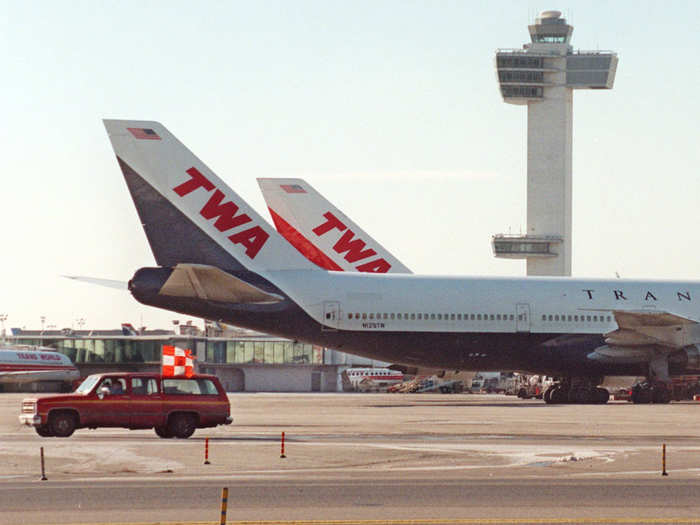
Source: Boeing
With relaxed rules for twin-engine aircraft flying over water, Boeing and Airbus both developed widebody, twin-engine aircraft including the Boeing 777 and Airbus A330 designed to operate overwater routes more efficiently than larger aircraft.
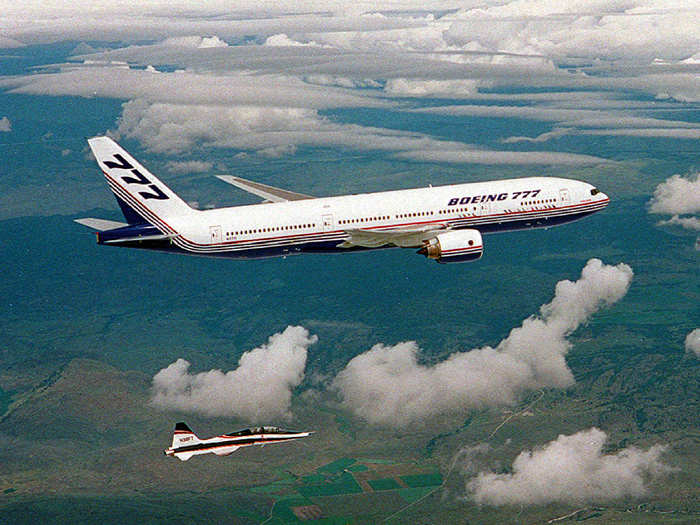
The practice soon expanded to the Pacific, with flights to Asia increasing being operated by twin-engine flights on North Pacific routes.
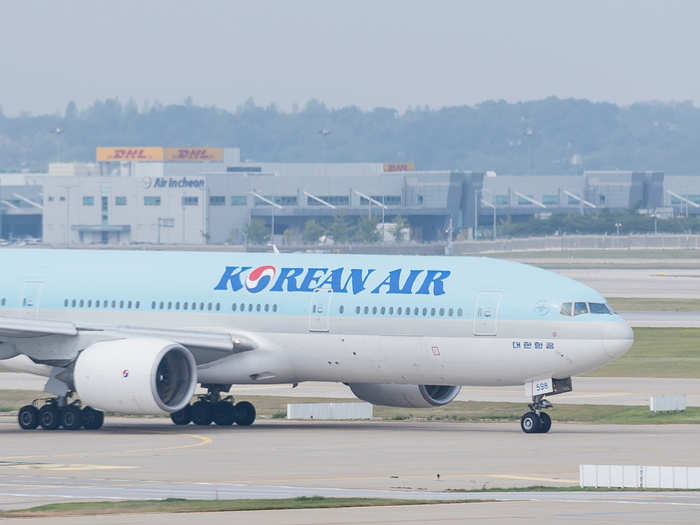
Soon enough, twin-engine planes were taking over routes over both oceans and serving destinations once only served by planes with more than two engines.
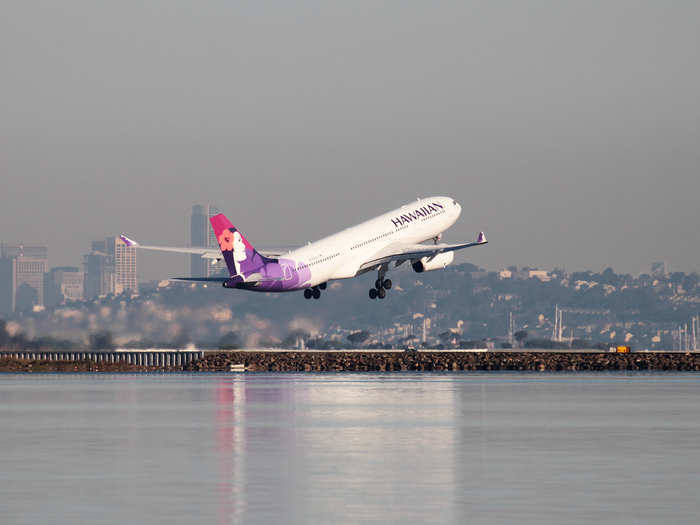
Qantas became one of the more recent airlines to retire its Boeing 747s from transpacific routes in 2019, largely replacing them with twin-engine aircraft,...
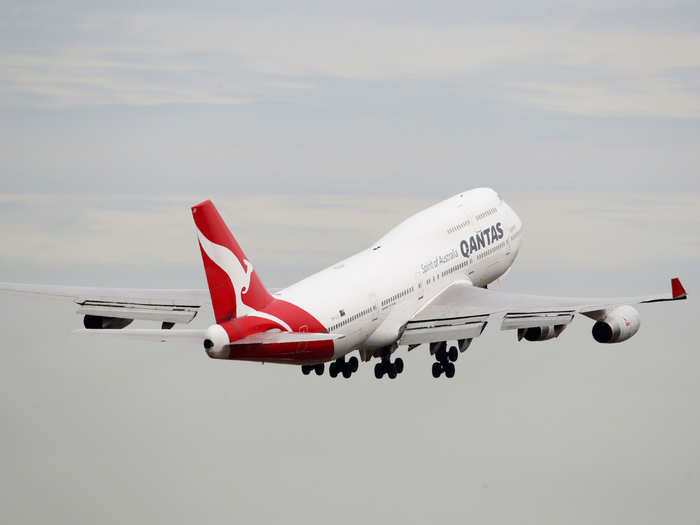
Such as the Boeing 787 Dreamliner.
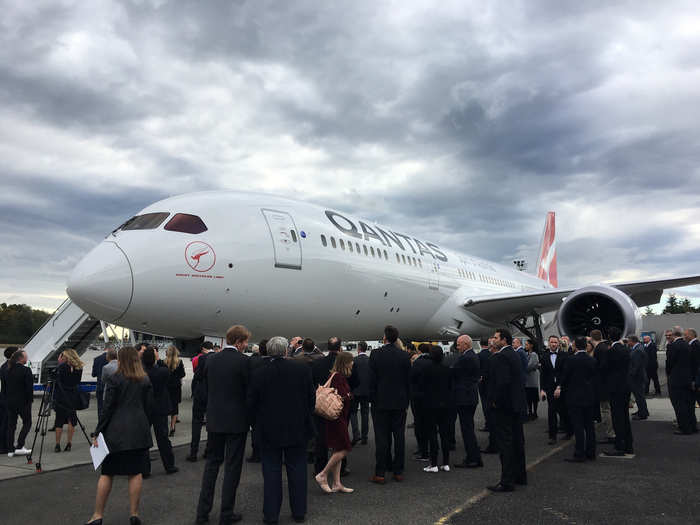
Flying over the Pacific is such a common practice that even narrow-body aircraft such as the Boeing 737 and Airbus A320 can fly safely between the mainland US and Hawaii and even between Alaska and Hawaii.
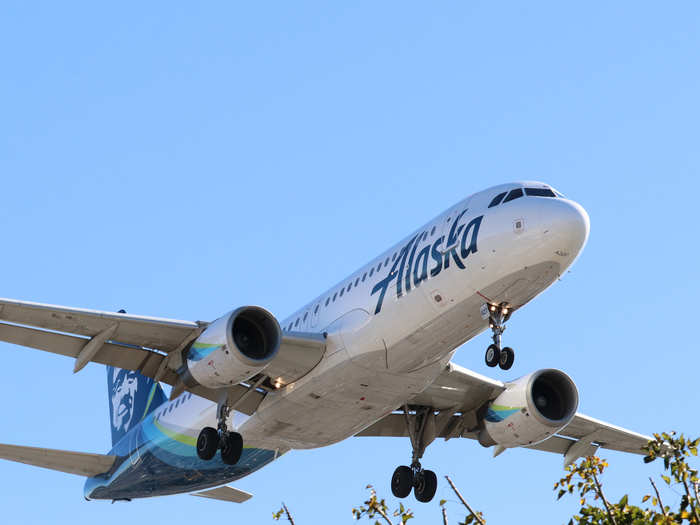
Routes to destinations such as Australia, Tahiti, Hawaii, New Zealand, and Fiji all see twin-engine aircraft thanks to the ETOPS program.
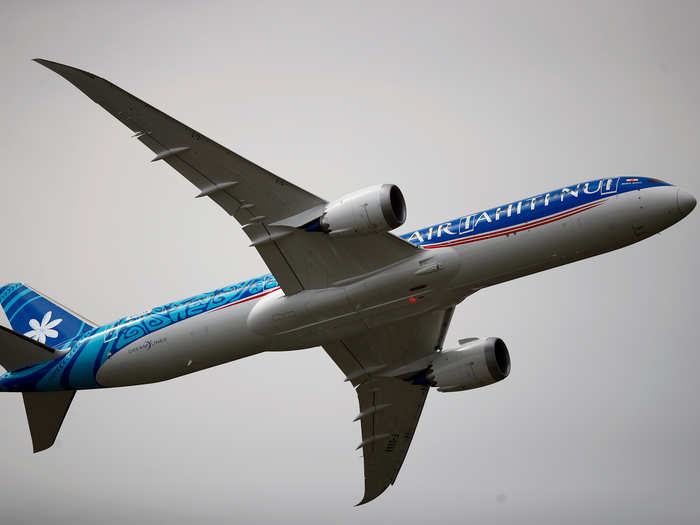
LATAM Airlines is one of the most notable airlines flying transpacific routes as it connects South America and Australia through a notoriously desolate corridor of the Pacific.
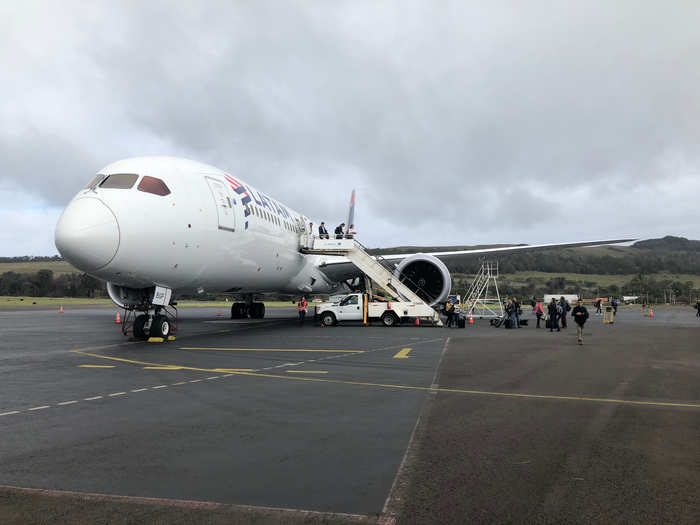
The aircraft used by LATAM, however, is the Boeing 787 Dreamliner, which can fly for over five hours on a single-engine.
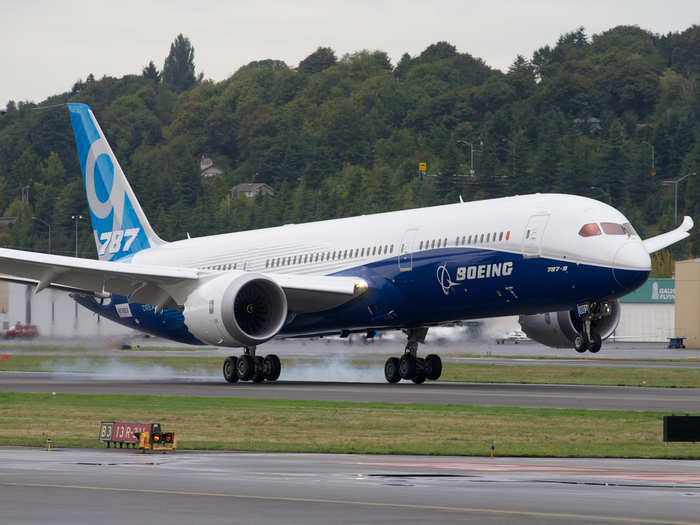
Source: Boeing
Popular Right Now
Popular Keywords
Advertisement